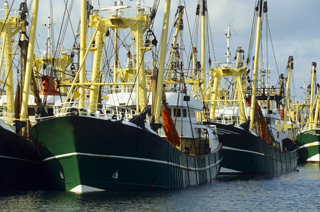 What is ‘Sustainable Seafood’?
What is ‘Sustainable Seafood’?
Sustainable seafood is seafood that is caught or farmed by methods considering the long term well being of our oceans, permitting a particular species to maintain its population without having a negative impact on other species.
A sustainable fishery is one where the life history of the fish is understood, data is available on the size and health of the stock, and the fishing is regulated.
In all walks of life moderation is key. Instead of continuing to eat the same kinds of fish, we can become adventurous and eat different types. This will help to take pressure off the fish we buy regularly. Try Coley, Pouting, Pollock or Pollack as a Cod Substitute. Substitute Plaice for Dab and Gurnard for Monkfish. Rather than reaching for Prawns, try Mussels, Clams, Oysters, Cockles and Crab.
A list of seafood from well-managed, sustainable stocks or farms, resilient to fishing pressure, and in the MCS’s (Marine Conservation Society) opinion, the best seafood choice, can be viewed by visiting the fish on line website: www.fishonline.org
Atlantic Salmon (organic farmed), Atlantic Halibut (onshore farmed), Coley or Saithe (NE Arctic), Dab (otter trawl or seine net), Herring (MSC certified), Mussel Pouting or Bib Prawn – cold water, (NE Arctic) Prawn – King or Tiger (organic farmed), Rainbow Trout (organic/freshwater farmed), Sardine or Pilchard (MSC certified), and Skipjack Tuna are currently on the good fish guide’s sustainable fish list.
Fish such as Carp, Tilapia, and Barramundi are herbivores; they eat plants and do not require fishmeal. In the UK these fish are farmed in enclosed ponds and have a low impact on the surrounding environment.
